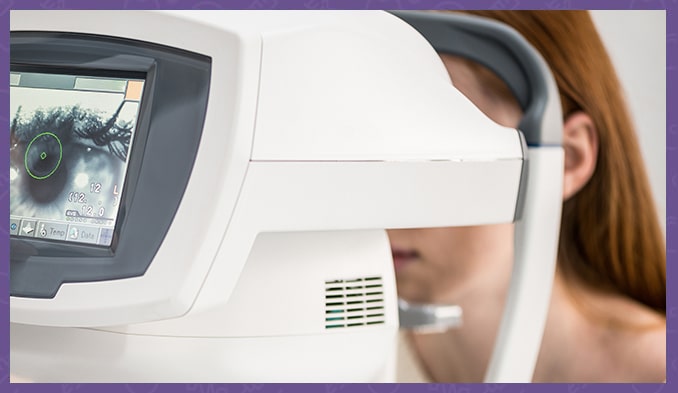Excimer laser - part of laser eye surgery
This is a method of ophthalmic surgery that is called laser eye surgery or refractive eye surgery. It is used to minimize or eliminate the need for glasses or contact lenses by correcting refractive errors of the eye. A UV laser with a wavelength of 193 nm is used, which is achieved by stimulating an argon-floride gas mixture with electricity. Refractive surgery techniques have been commonly used around the world over the past two decades to correct refractive errors. The success rate of the surgeries, which are performed with patient-appropriate methods and techniques, is about 98%.
Excimer laser methods
Excimer laser operations can be considered under 2 main categories.
First, it is necessary to prepare the base in the cornea for laser application. A suitable base in the cornea is prepared by dissecting or peeling the cornea. That is, methods in which access to the stroma is the goal are the first group of laser methods. Once the stroma is prepared, the laser methods that are performed in accordance with the application of the Excimer laser for the resetting process are the second group of laser methods.
- First group of laser (preparation of the cornea for Excimer laser) methods:
- Lasik
- Intralasik
- PRK
- Lasek
- Second group of laser (excimer laser application) methods:
- Wavefront (personal, personalized, eagle eye).It is known as a standard method.
Lasers correct so-called "refractive errors"
The refractive error (subject to correction with eximer laser)
Refractive error is a problem with the accurate focusing of light on the retina due to the shape of the eye and/or cornea.
Refractive anomalies are of several types:
- Myopia (nearsightedness)- Myopia implies that light rays reaching the eye in a parallel approach are focused in front of the retina. Patients cannot see distant objects clearly.
- Hypermetropia (farsightedness)- Hypermetropia is the condition in which the light rays that reach the eye in a parallel approach are focused at the back of the retina. Patients cannot see near objects clearly.
- Astigmatism- Astigmatism is a phenomenon in which light rays from different meridians are refracted differently. The patient sees objects in a blurred appearance.
- Presbyopia (age-related hyperopia) - Blurring of nearby objects
Who is eligible for excimer laser surgery ( excimer laser )?
- Patients aged between 18 and 60 years
- Patients with myopia up to -10 diopters
- Patients with astigmatism up to -6 diopters
- Patients with hypermetropia up to +6 diopters
- Patients who had no more than a 0.50 D change in their refractive error in the past two years.
- Patients with sufficient corneal thickness.
- Patients who do not have eye diseases such as keratoconus or glaucoma.
- Patients who do not have systemic diseases such as diabetes and rheumatism.
- Patients who are not pregnant or breastfeeding.
- Patients who are deemed suitable for the surgery after detailed preliminary examinations and tests can undergo the operation with an excimer laser.








